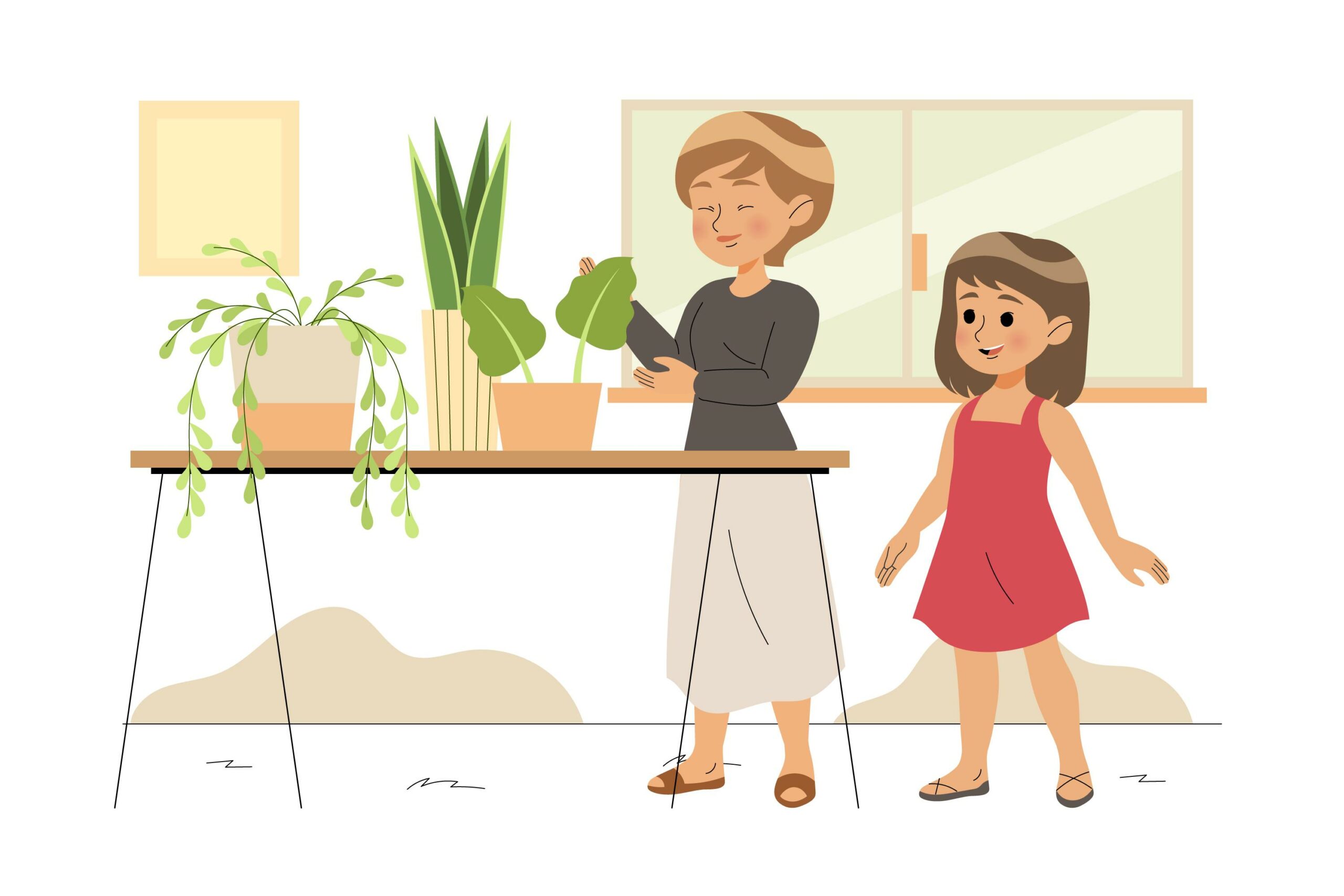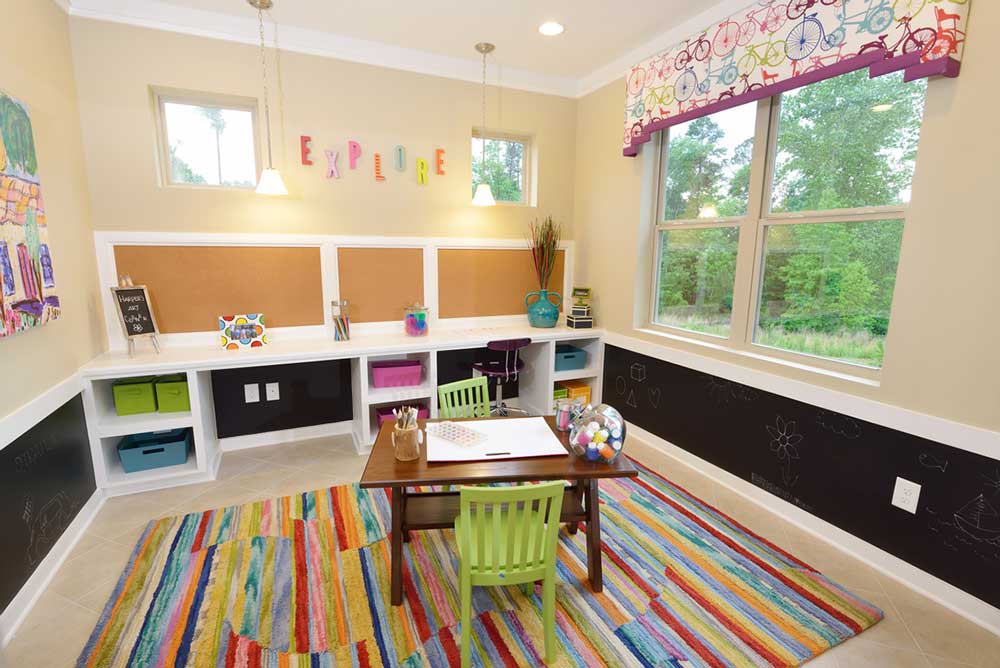Designing a home that accommodates the needs and preferences of every family member can be a challenging task. When it comes to creating a space that works for everyone, including children, it requires thoughtful consideration of their unique requirements. Designing for kids involves more than just choosing vibrant colors and playful themes; it’s about creating an environment that nurtures their growth, stimulates their creativity, and ensures their safety.
Safety First:
Before delving into the aesthetic aspects of design, it’s crucial to prioritize safety. Childproofing your home is the first step in creating a secure environment for kids. This involves securing furniture to walls, installing safety gates, covering electrical outlets, and choosing child-friendly materials that are free from harmful chemicals. Ensure that sharp edges are minimized, and breakable items are kept out of reach. By addressing safety concerns, you create a foundation that allows children to explore their surroundings freely without unnecessary risks.
Flexible and Adaptable Spaces:
Children’s needs change rapidly as they grow, so designing spaces that can adapt to these changes is key. Opt for furniture and storage solutions that can evolve with the child’s age and interests. Consider modular furniture that can be rearranged or repurposed, providing flexibility in room layouts. This adaptability ensures that the space remains functional and relevant as children transition from toddlers to teenagers.
Incorporate Play Areas:
Children thrive on play, and dedicating specific areas for play within the home encourages creativity and physical activity. Designate a playroom or integrate play spaces into common areas, such as the living room. Consider including storage solutions for toys and games to maintain a tidy environment. Additionally, incorporating educational elements into play areas can stimulate learning and cognitive development.
Color and Theme Selection:
While children are often drawn to bright colors and imaginative themes, it’s essential to strike a balance that appeals to both kids and adults. Opt for a neutral base and incorporate vibrant accents through easily changeable elements like wall art, bedding, and accessories. This allows for updates as children’s tastes evolve without requiring a complete overhaul of the space.
Kid-Friendly Storage:
Effective storage solutions are crucial in maintaining a clutter-free and organized home. Consider storage options that are accessible to children, such as lower shelves and bins. Labeling storage containers with pictures and words can also assist children in keeping their belongings organized. By involving kids in the organization process, you teach them valuable life skills and foster a sense of responsibility for their space.
Interactive Learning Spaces:
Create designated areas for educational activities to support a child’s learning journey. This could include a cozy reading nook, a homework station, or a space for arts and crafts. Ensure that these areas are well-lit and equipped with age-appropriate materials to inspire curiosity and a love for learning.
Technology Considerations:
In today’s digital age, technology is an integral part of children’s lives. Design spaces that accommodate the use of technology while promoting healthy screen time habits. Create tech-friendly zones with comfortable seating, adequate lighting, and charging stations. Implementing controls and guidelines on screen time usage can contribute to a balanced and harmonious family environment.
Involve Children in the Design Process:
Empower children by involving them in the design decisions that affect their living spaces. Consult them on color choices, theme preferences, and the layout of their rooms. This not only makes them feel heard and valued but also fosters a sense of ownership and pride in their environment.
Designing a home that caters to the needs of both children and adults requires a thoughtful and holistic approach. By prioritizing safety, incorporating flexible design elements, and considering the evolving needs and interests of children, you can create a harmonious living space for the entire family. Balancing functionality, aesthetics, and the unique requirements of each family member ensures that your home is not only visually appealing but also a nurturing and supportive environment for growth and development.
For more blogs related to design: https://www.dotsod.in/blog/
Follow DOT School of Design on Facebook, Instagram, LinkedIn, Medium and YouTube



